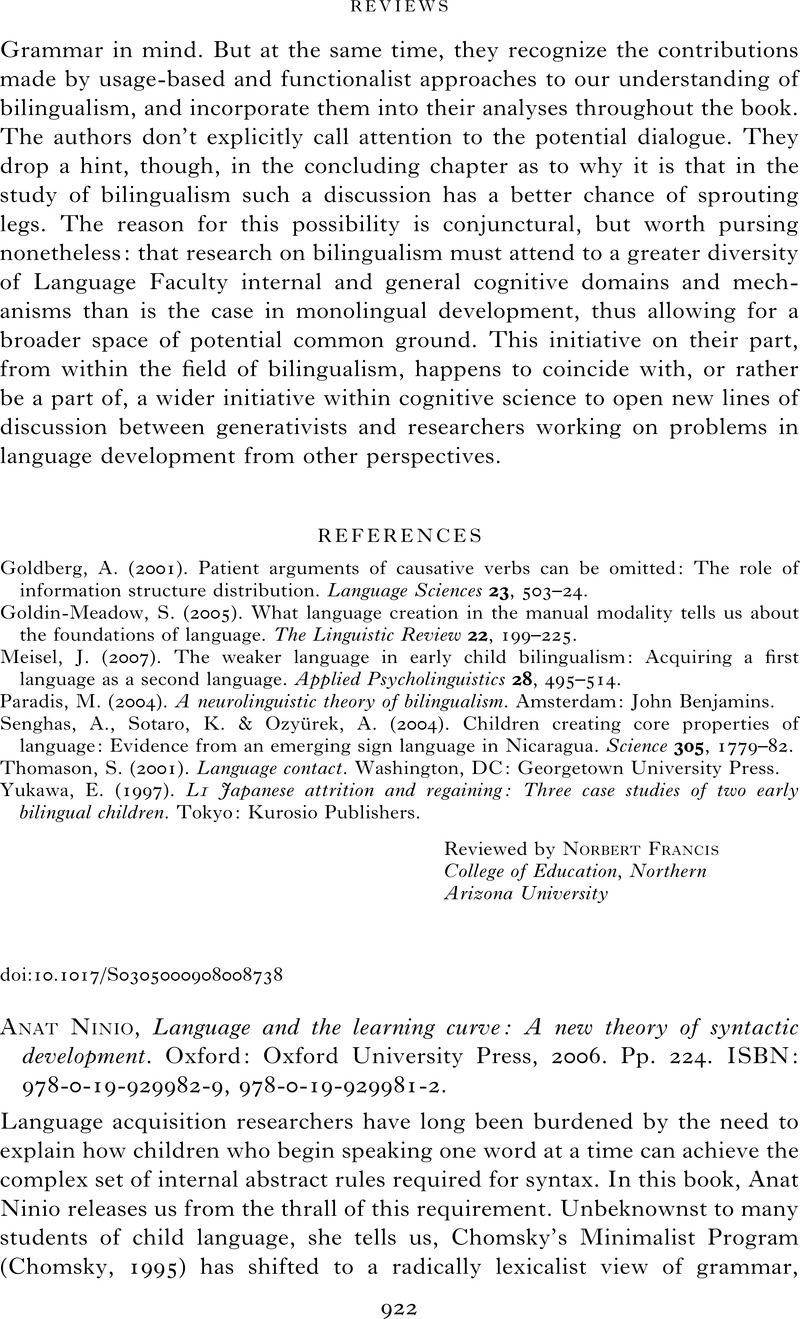Crossref Citations
This article has been cited by the following publications. This list is generated based on data provided by Crossref.
Ashkenazi, Orit
Ravid, Dorit
and
Gillis, Steven
2016.
Breaking into the Hebrew verb system: A learning problem.
First Language,
Vol. 36,
Issue. 5,
p.
505.



